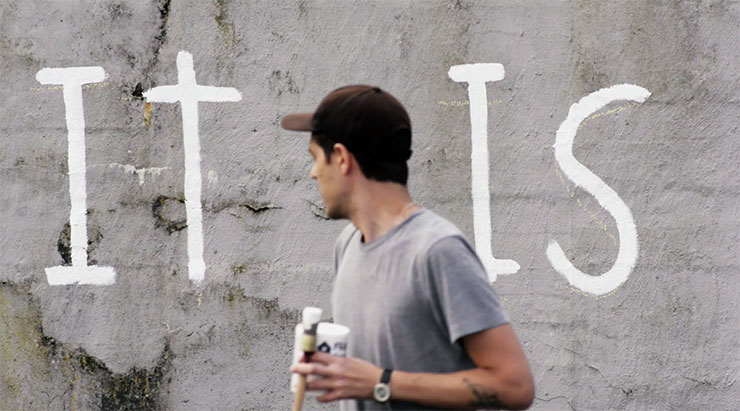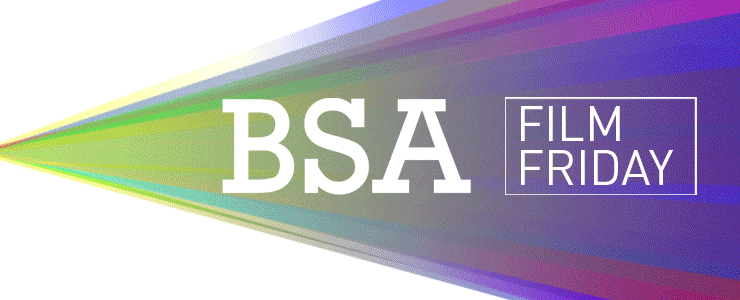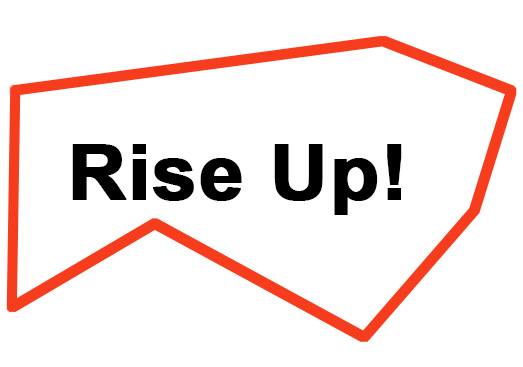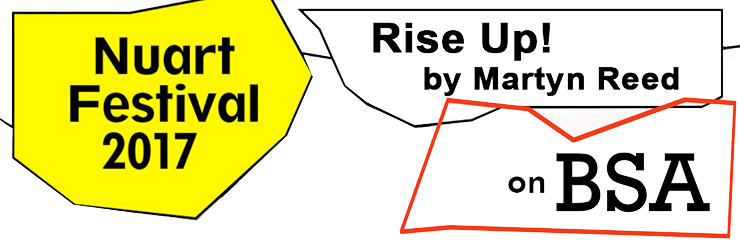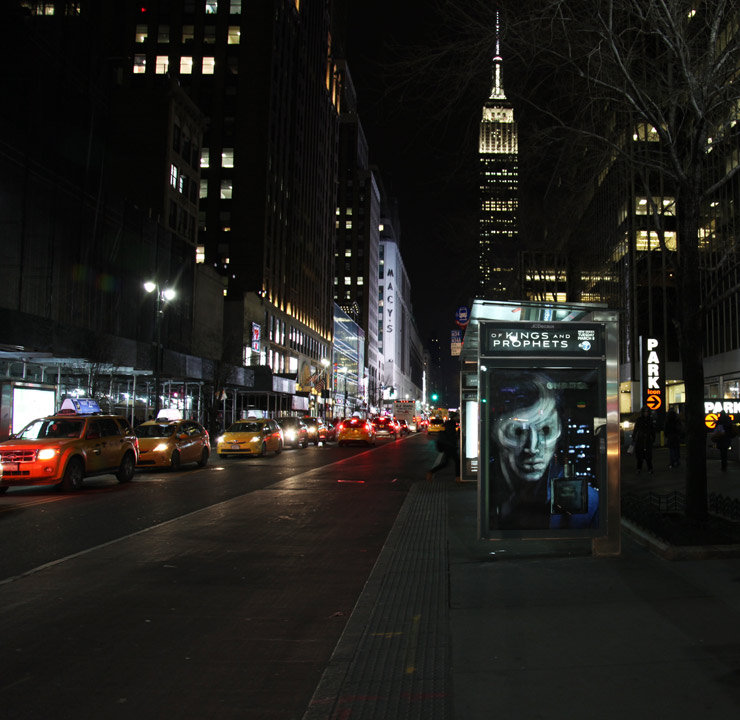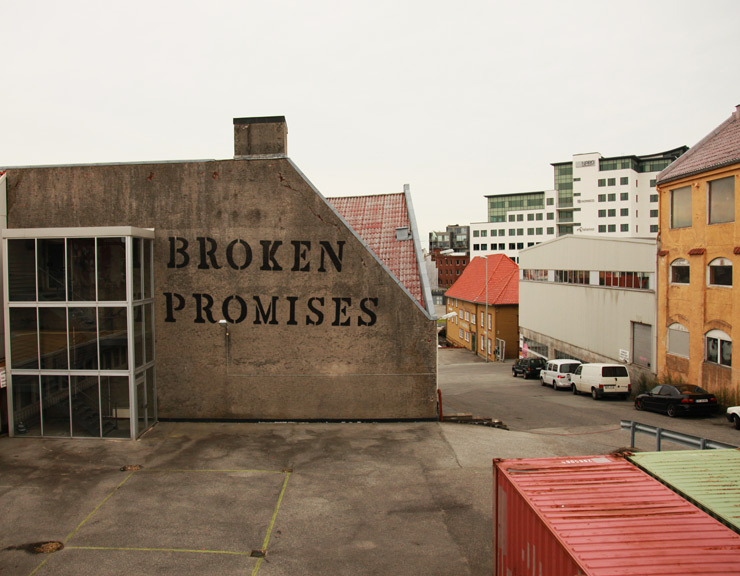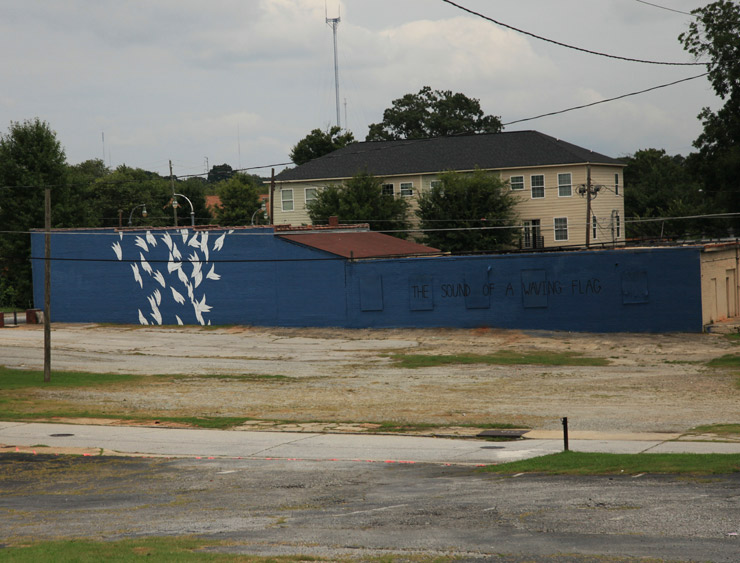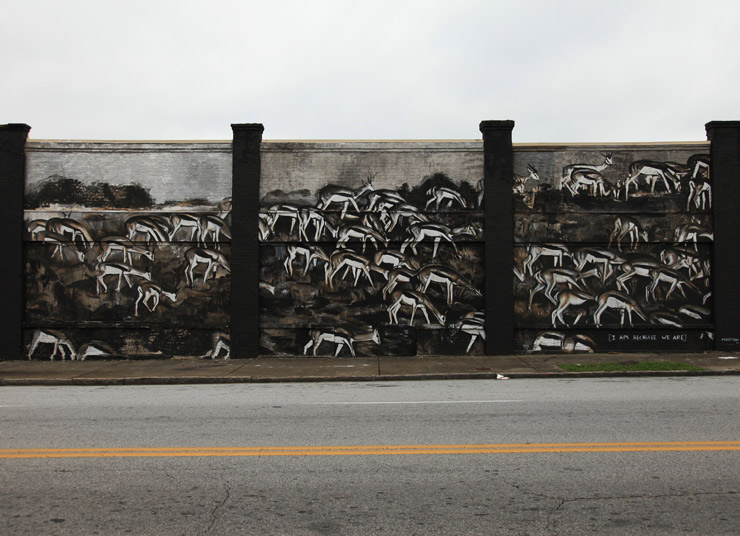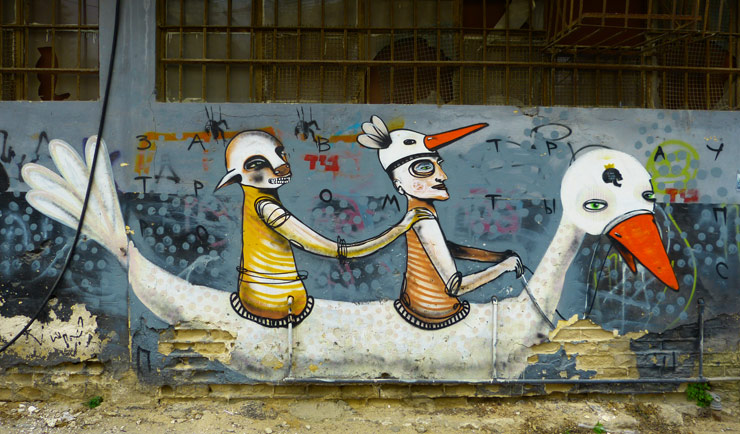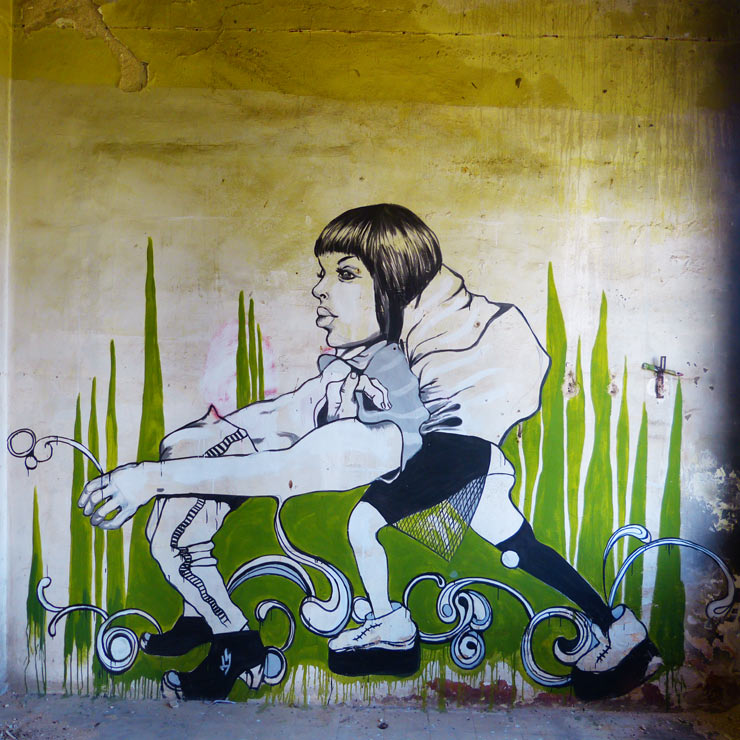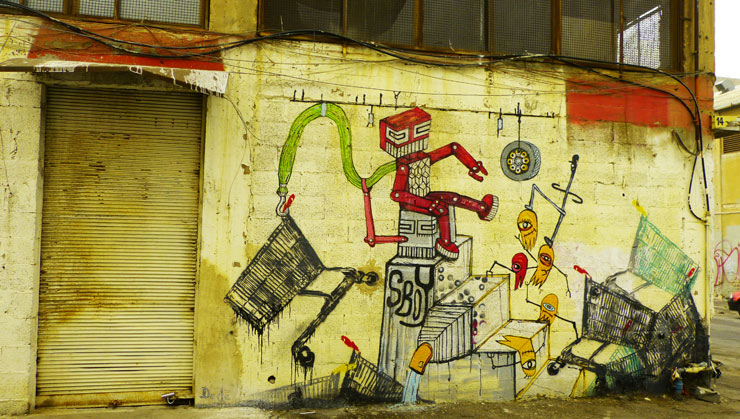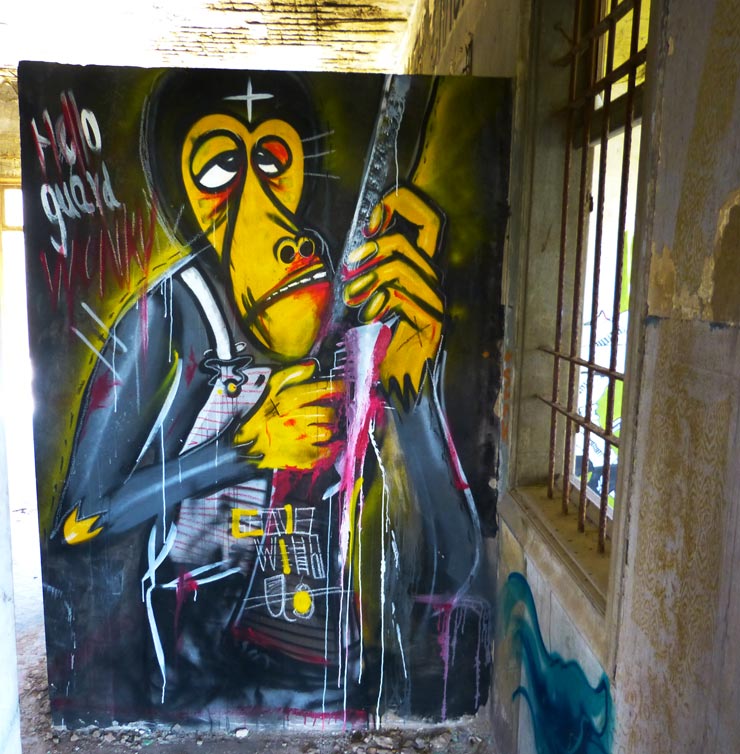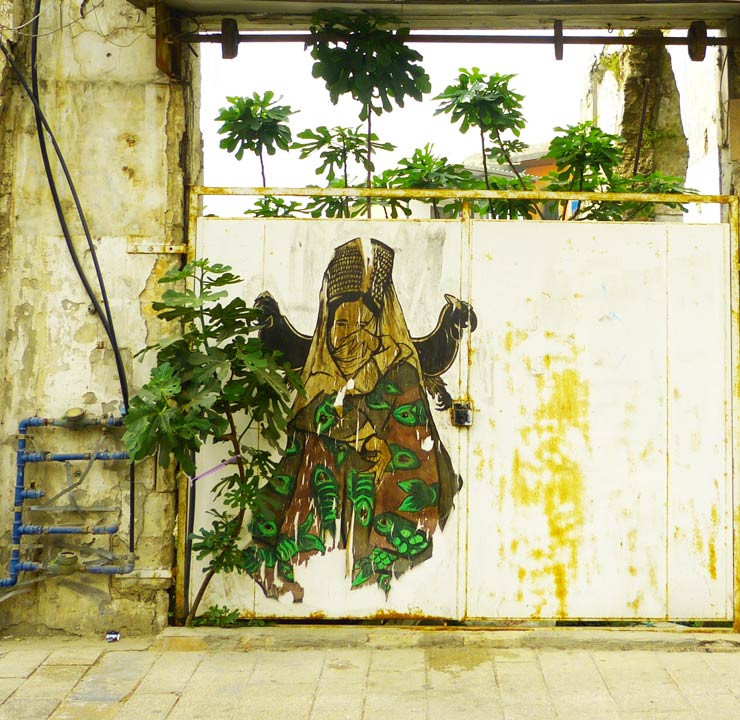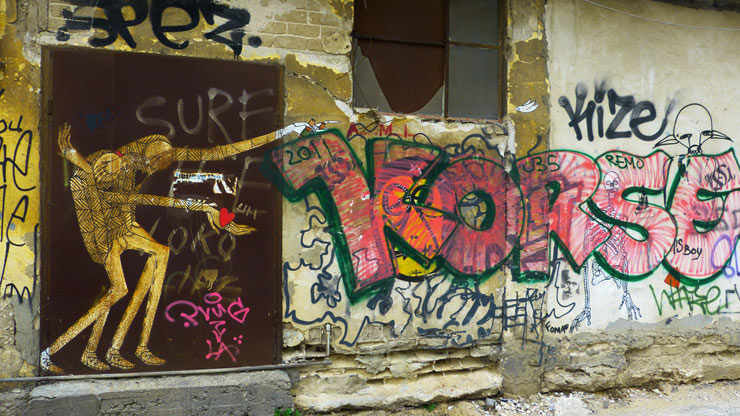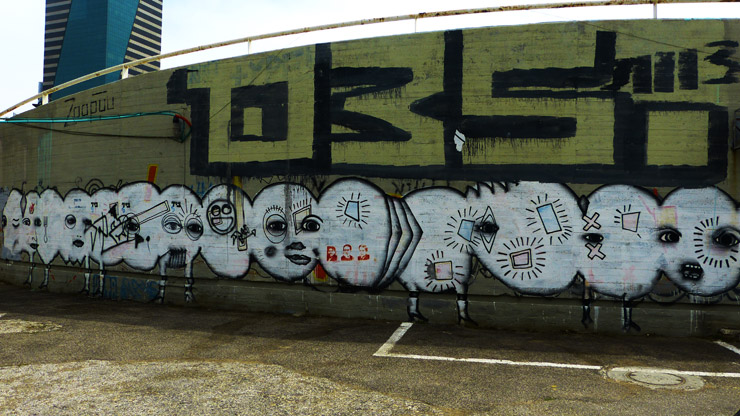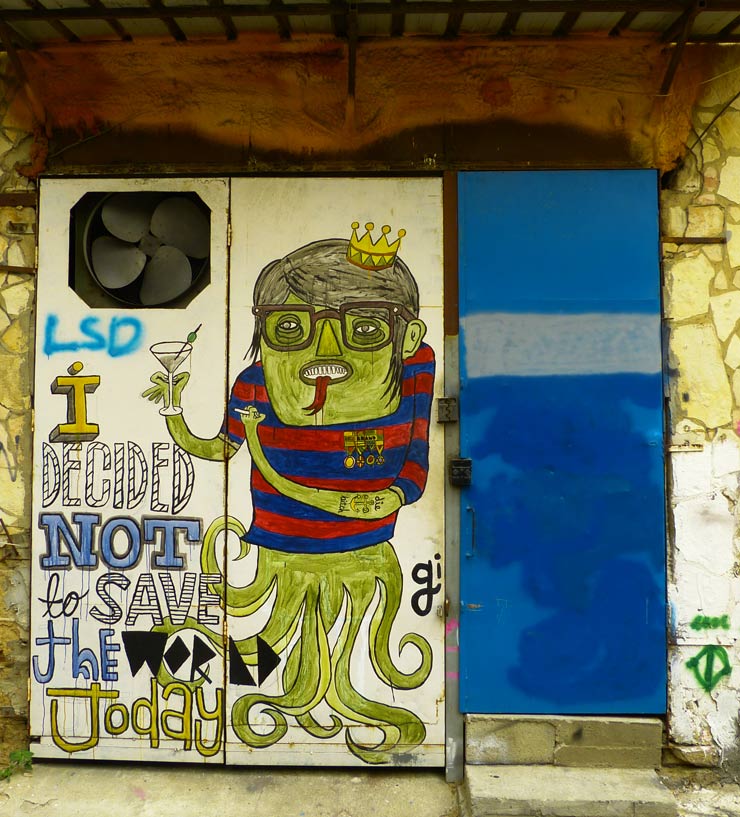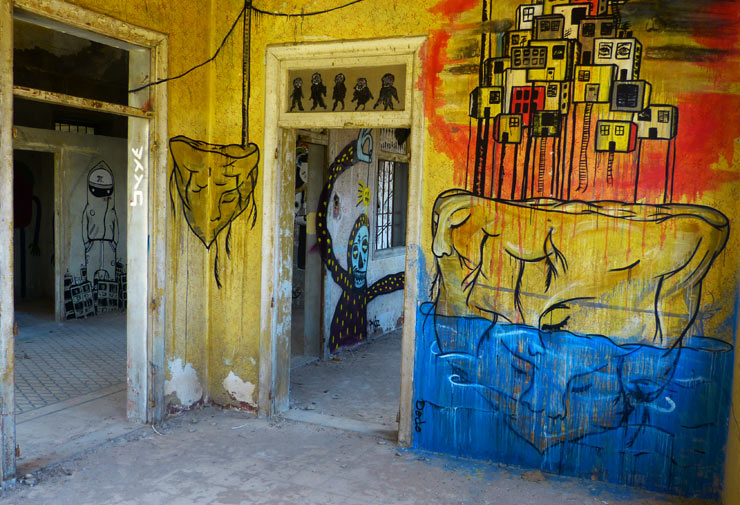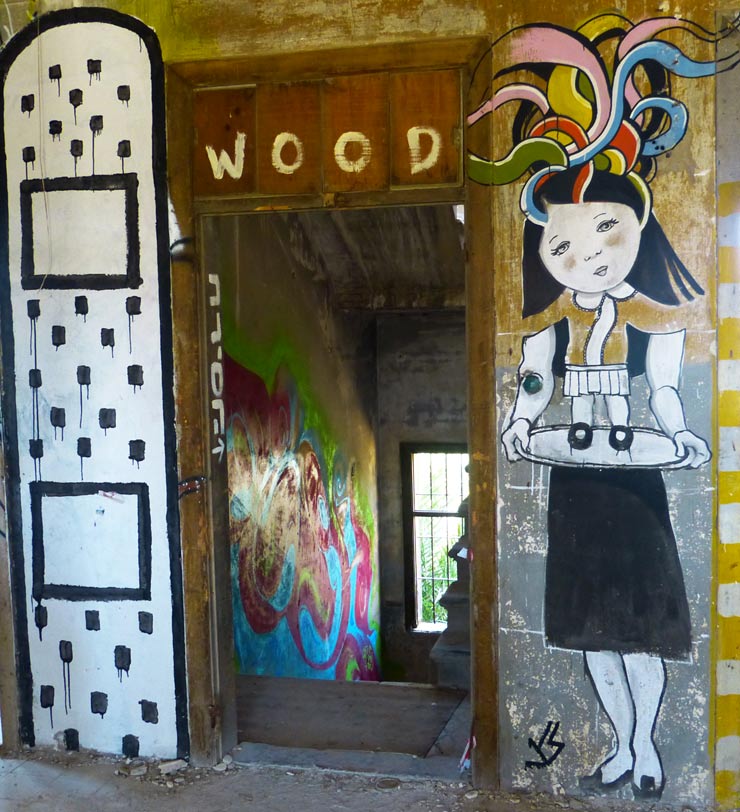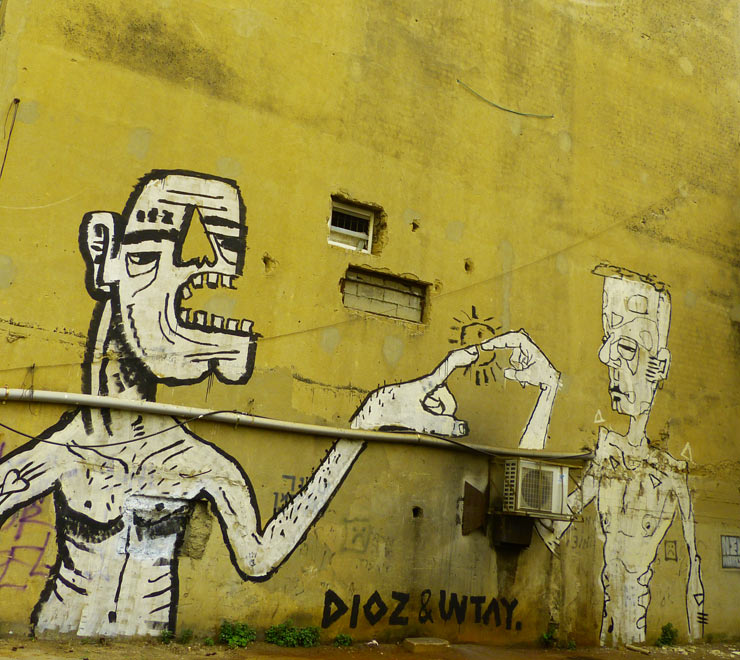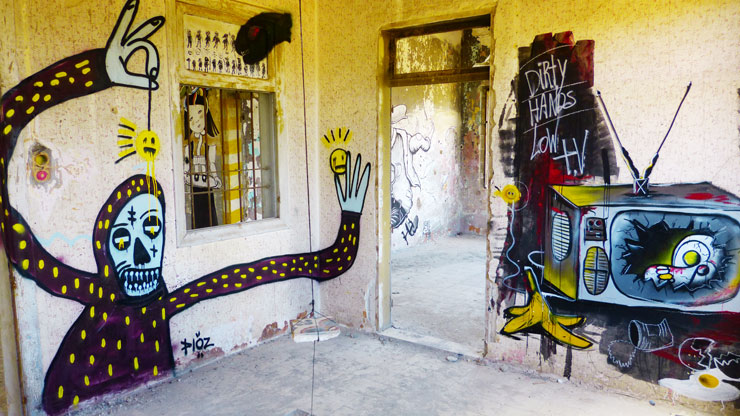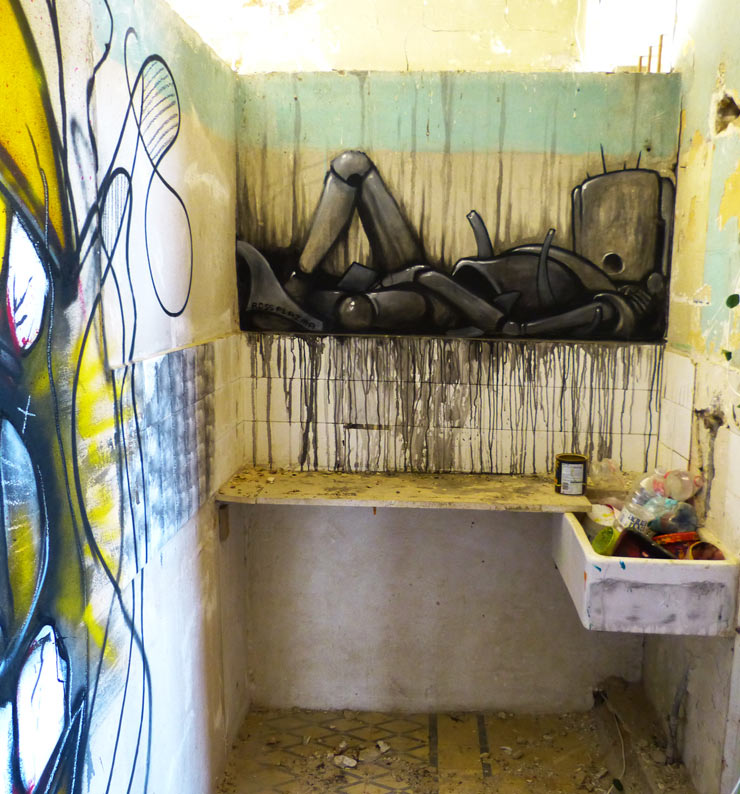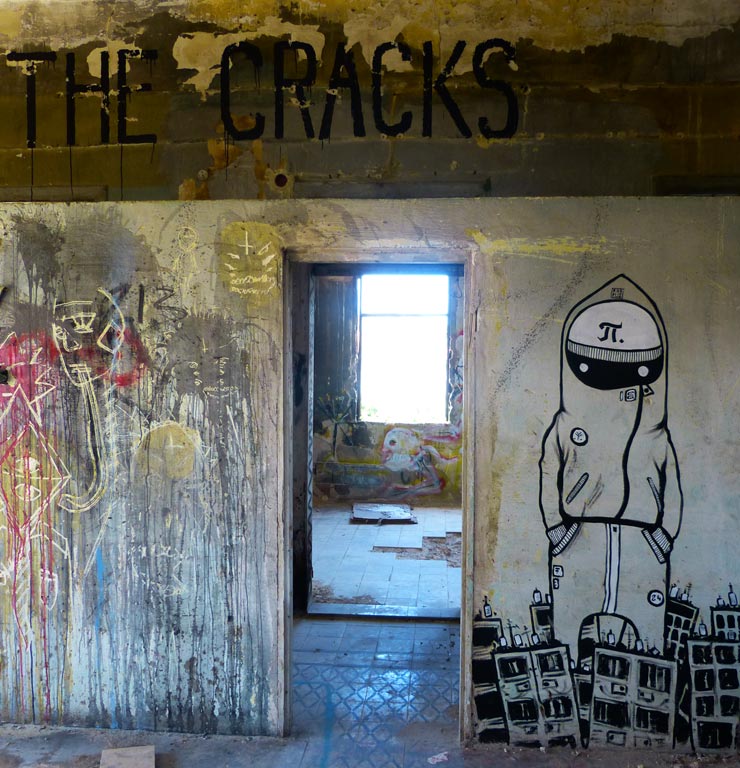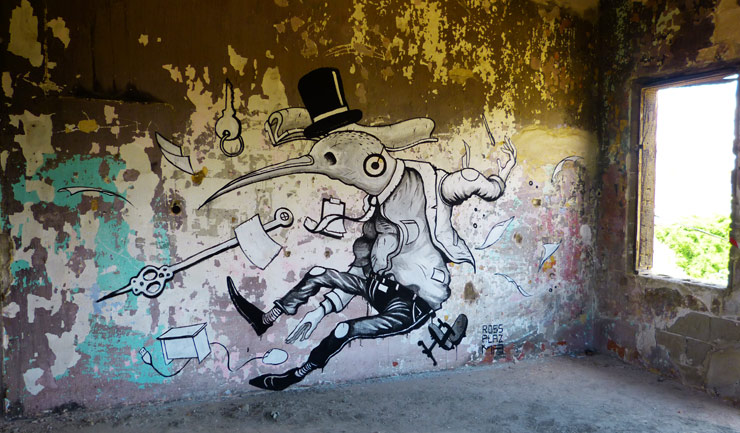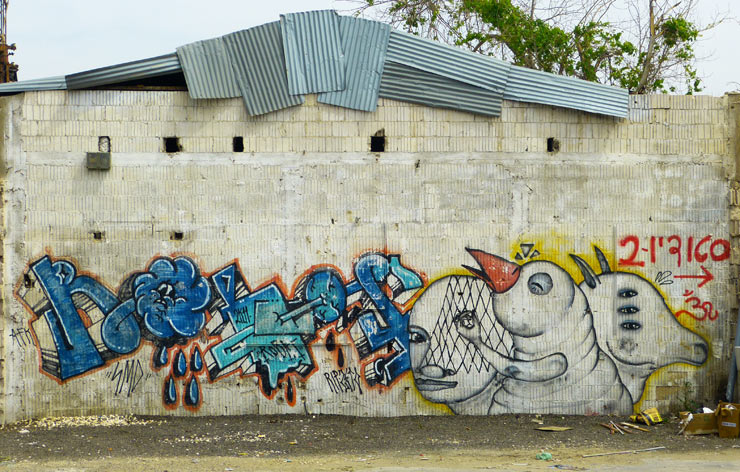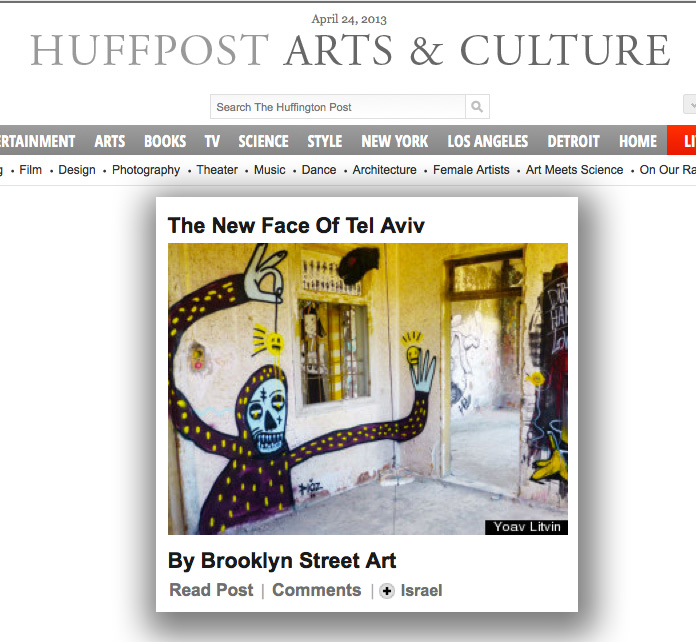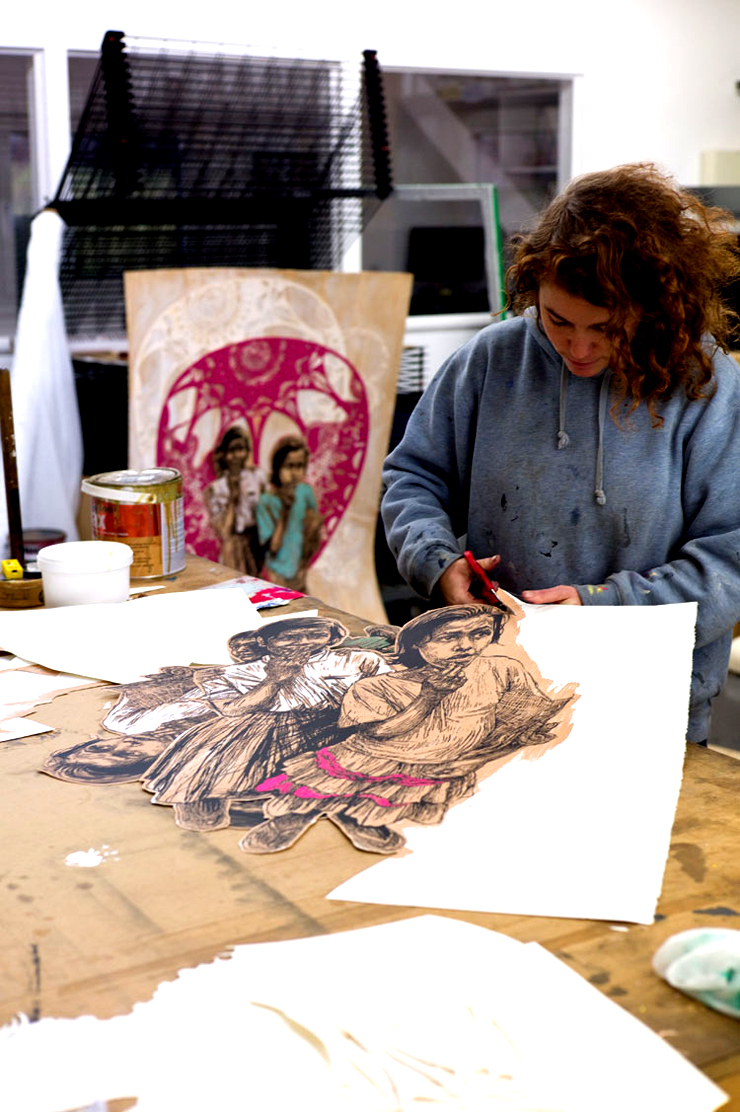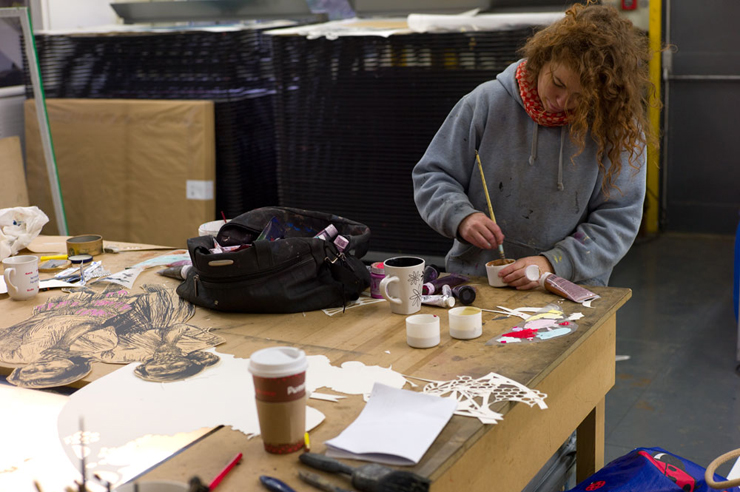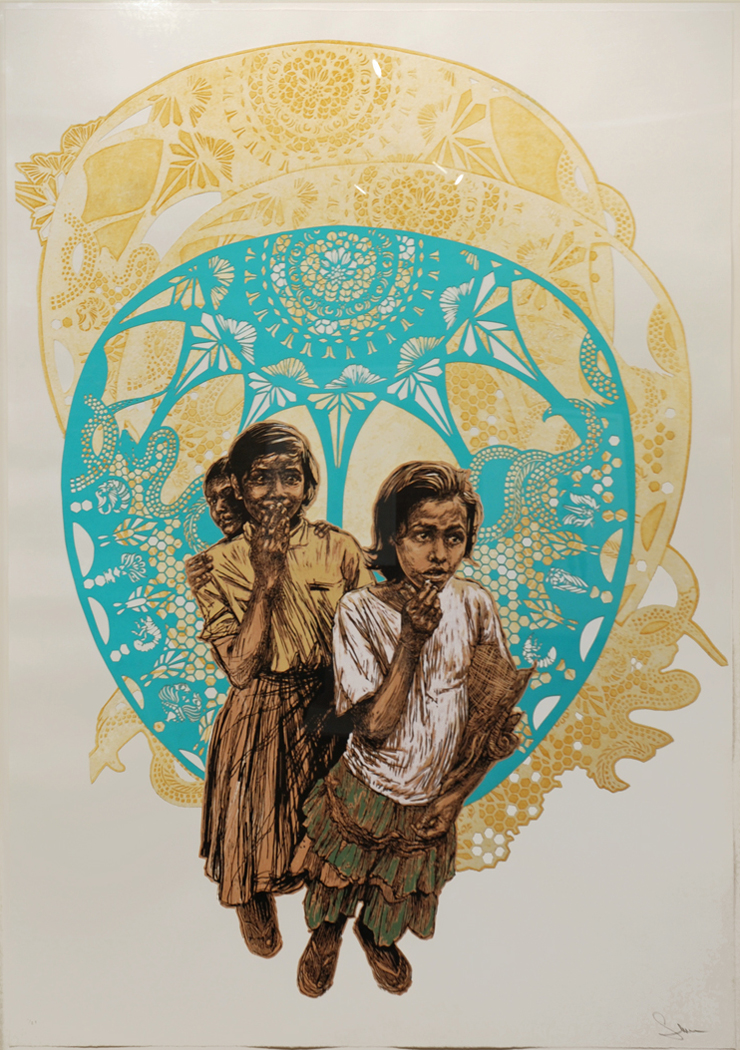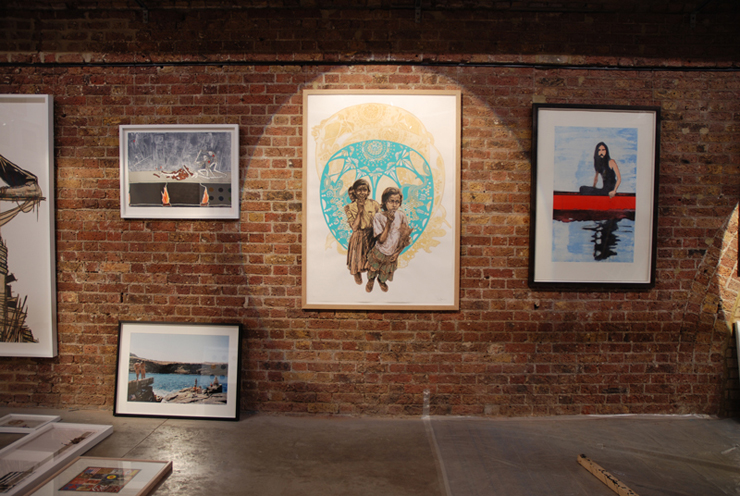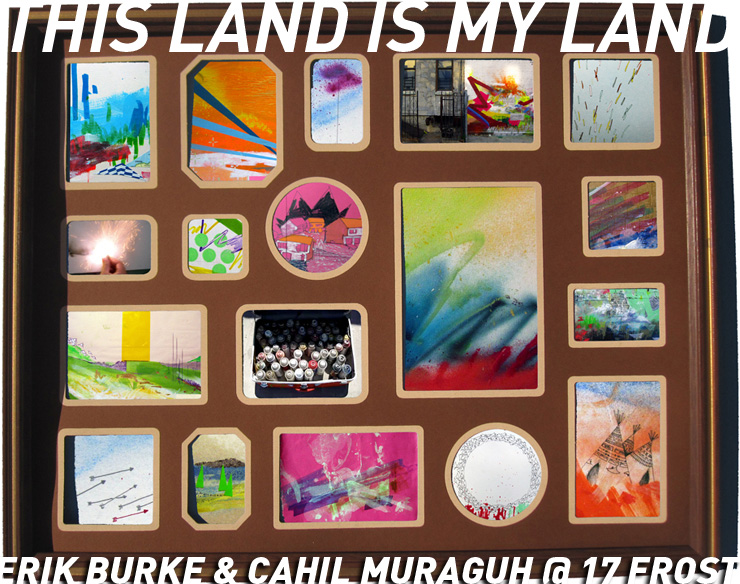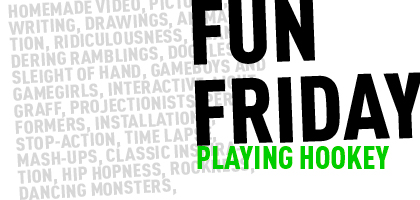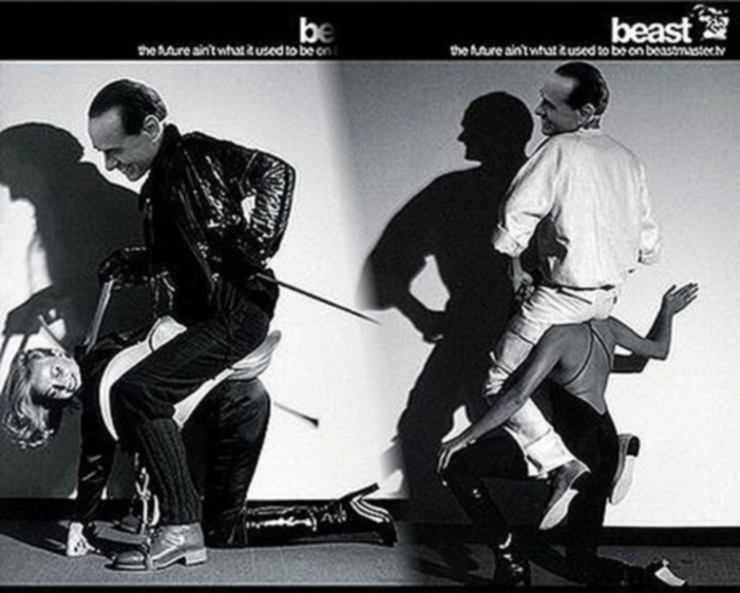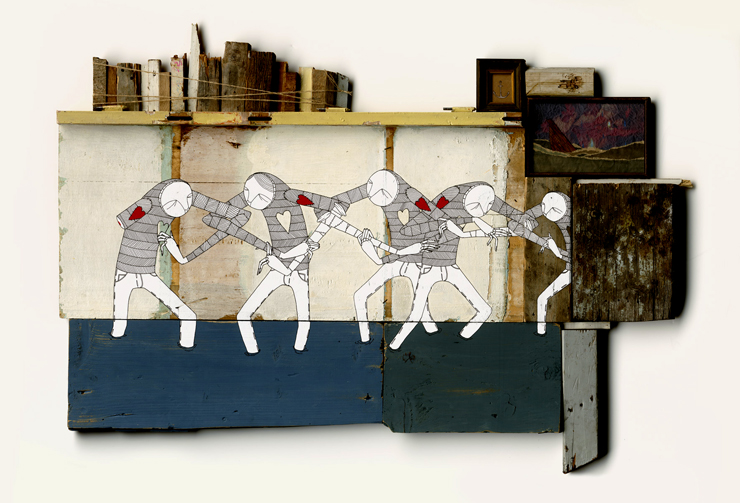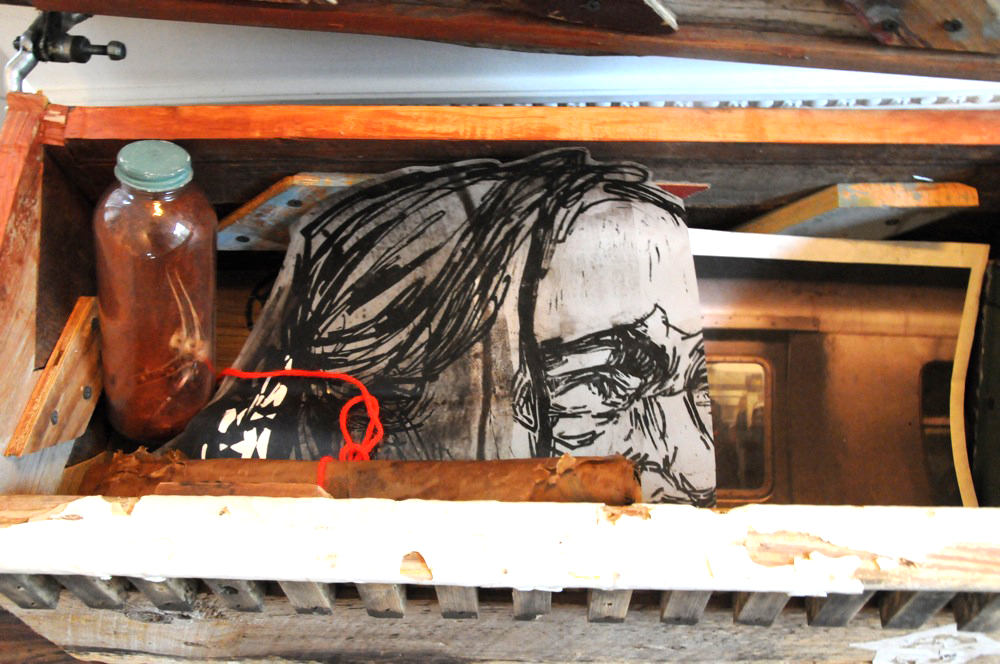From cave carvings in Angoulême in western France 27,000 years ago to your daily, perhaps hourly selfie on a cell phone today, our desire to depict the figure is as much a reflection of the artist and their times as it’s sitter.
A new show at MUCA Munich (Museum of Urban Contemporary Art) opening today invites 30 primarily Street Artists to choose a significant reference portrait of any historical time, country of origin, or artistic movement and interpret their inspirations into a portrait.
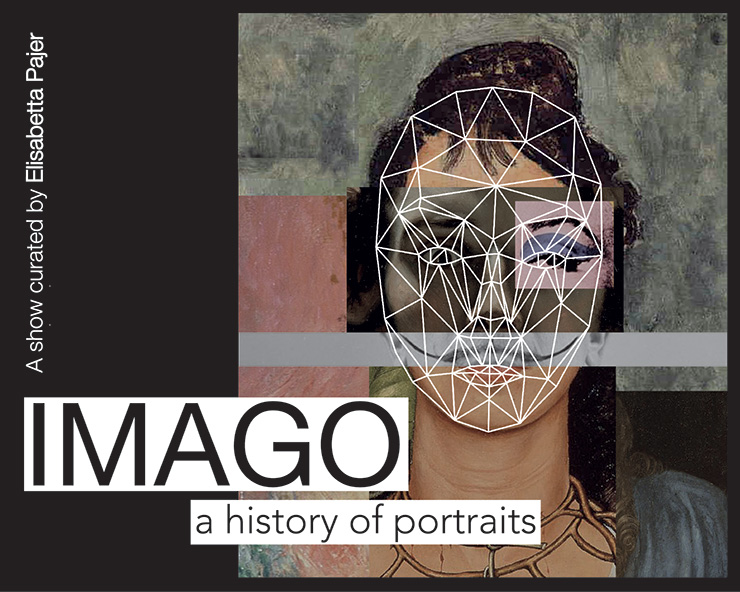
Whether drawing influences from Vermeer, Courbet, or Lucien Freud, each artist ultimately represents their own life experiences in their choice of subject and the technique of portrayal. Perhaps that is why curator Elisabetta Pajer has asked each of the artists to give us a statement with their work to help put it into context. Pajer tells us that she looks at the collection of works and the statements create a ‘harmonic mosaic’ of these figurative and written testimonies.
“These artists have sought out inspiration from many mediums that portraiture finds itself interpreted within,” says Pajer. “Taking their themes and inspiration from classical paintings, sculpture, film, theater, photographer, interactions, culture, religion, and science. Exhibiting a great understanding of the complexity of self-reflection with art as the catalyst.”
We’re pleased to be able to present some of the artists and their own words here.
Andreas Englund
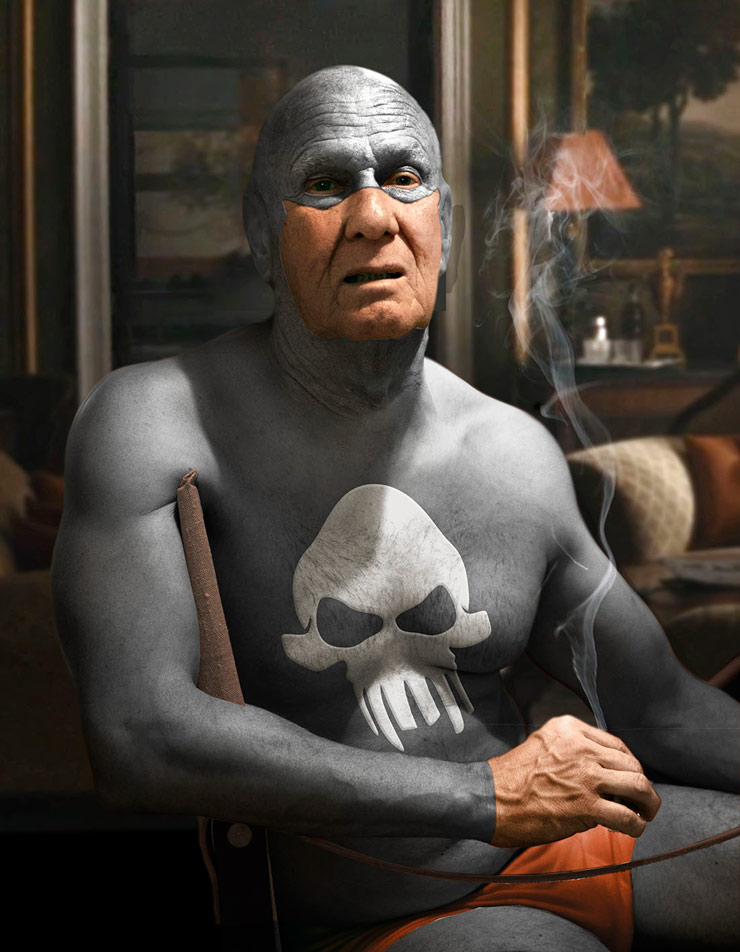
Andreas Englund. Tripping. IMAGO. MUCA Munich. (photo courtesy of the artist)
Media: Oil on canvas
Size: 116 x 90 cm
Martha Cooper
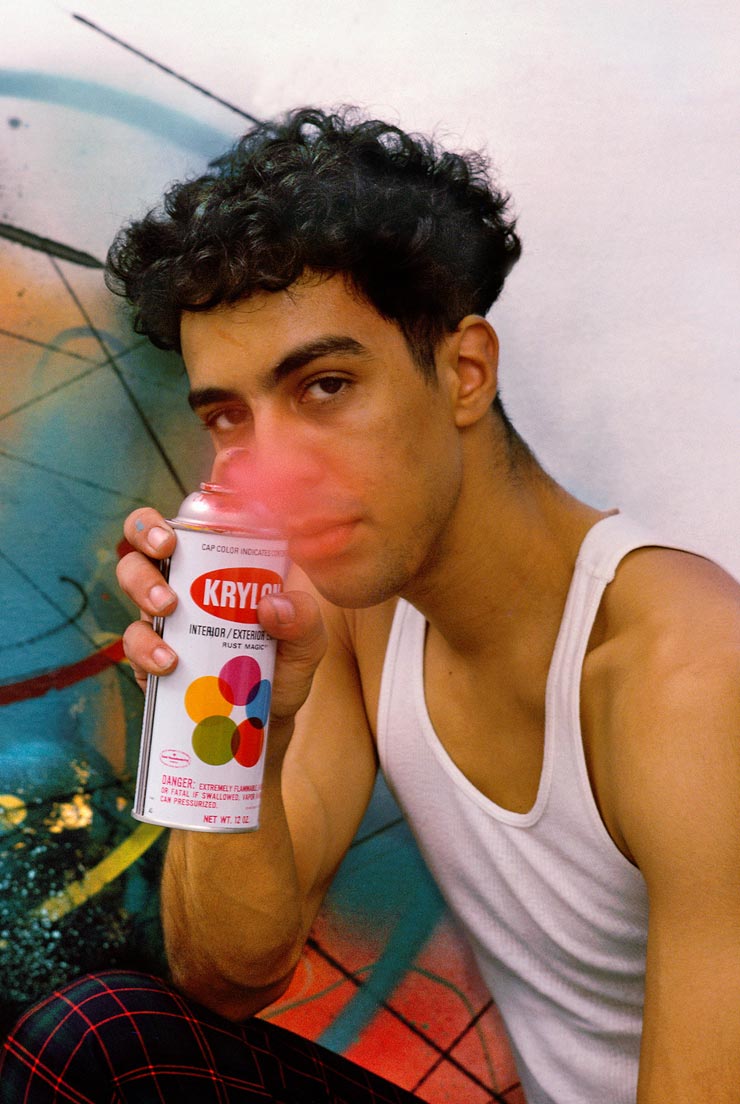
Martha Cooper. Futura 1983. IMAGO. MUCA Munich. (photo courtesy of the artist)
Media: Archival pigment print
Size: 50,8 x 76,20 cm
Icy + Sot
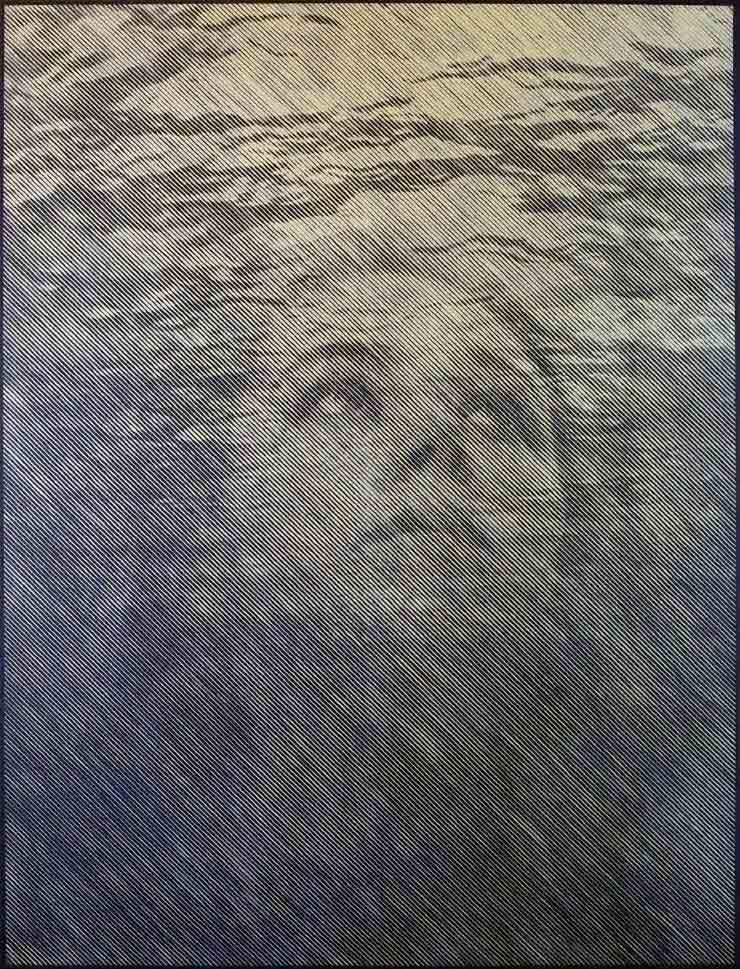
Icy & Sot. Under The Water Light. IMAGO. MUCA Munich. (photo courtesy of the artists)
Media: Stencil spray paint on canvas
Size: 91,5 x 123 cm
Swoon
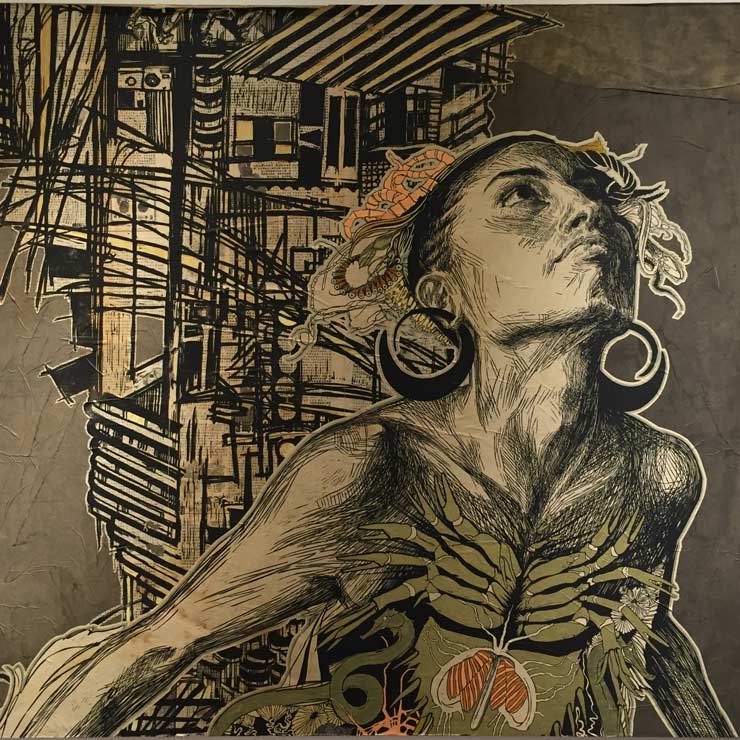
Swoon. Thalassa. IMAGO. MUCA Munich. (photo courtesy of the artist)
Media: Screenprint on paper with coffee stain and hand painting with collage mounted on board
Size: 123 × 138 cm
Borondo

Gonzalo Borondo & Diego Lopez Bueno. Selfie Elvis II. IMAGO. MUCA Munich. (photo © Blind Eye Factory)
SELFIE ELVIS II
Media: Acrylic and plaster on wood – Plasma TV 50’’- Video on loop – 16:9 Digital – Color
Size: 7 panels each – 120 x 70 x 1 cm + 1 TV
Addison Karl
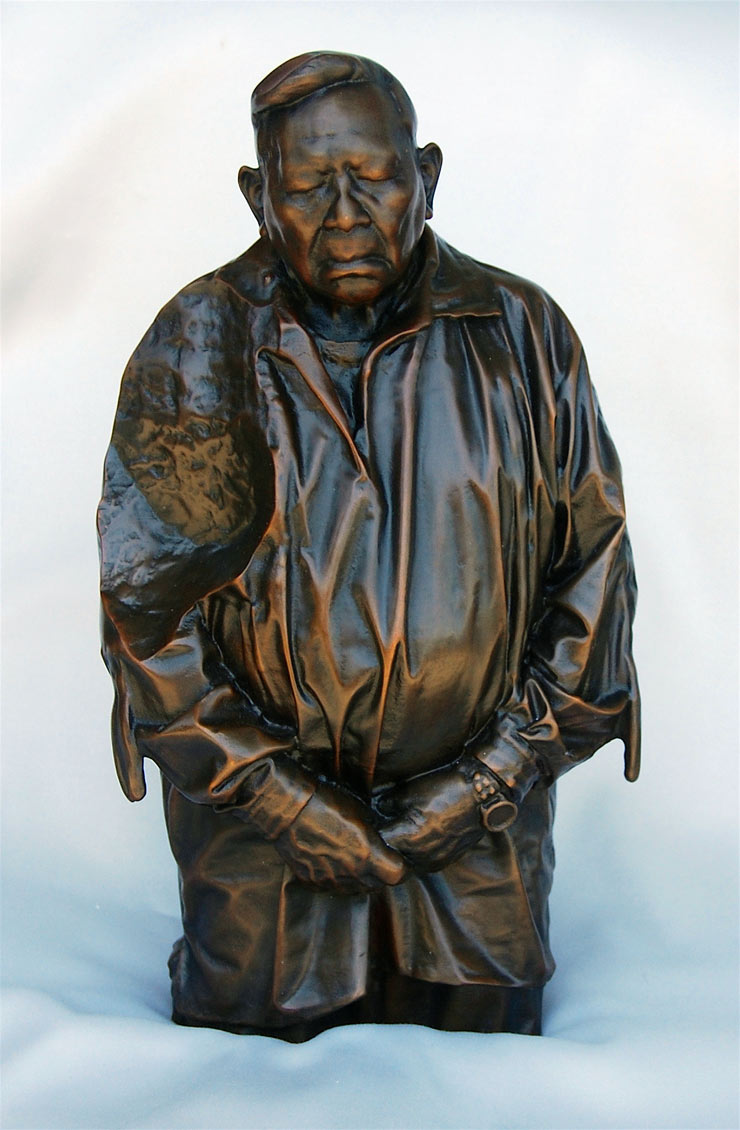
Addison Karl. Kamassa. IMAGO. MUCA Munich. (photo courtesy of the artist)
Media: Bronze, edition 1 of 10
Size: 30,48 x 20,32 x 15,24 cm
Various & Gould
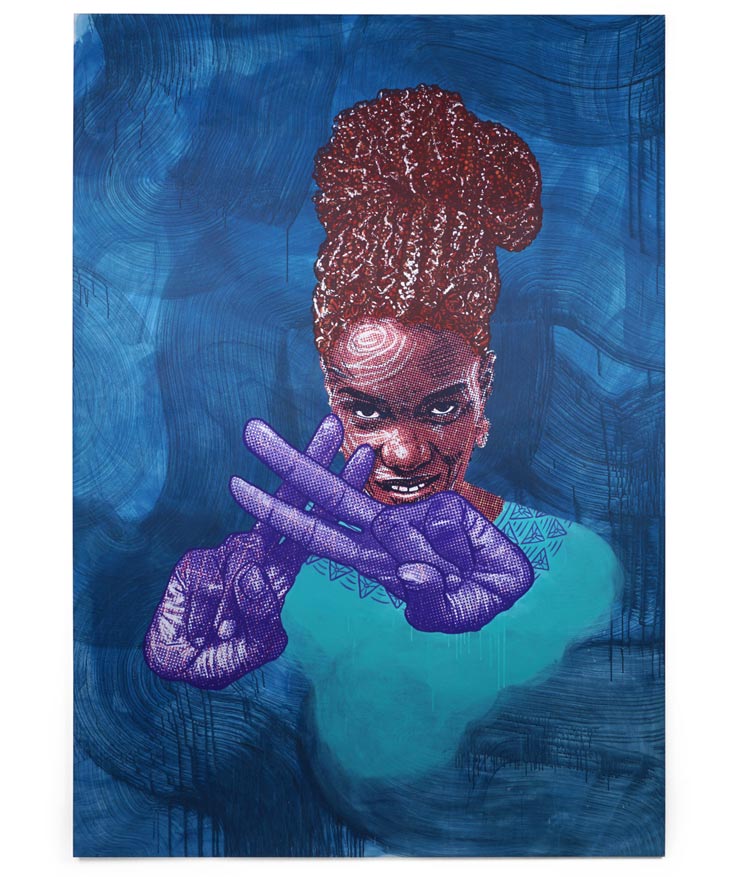
Various & Gould. Trigger (Rokhaya Diallo). IMAGO. MUCA Munich. (photo courtesy of the artists)
Media: Acrylic on canvas
Size: 200 x 140 cm
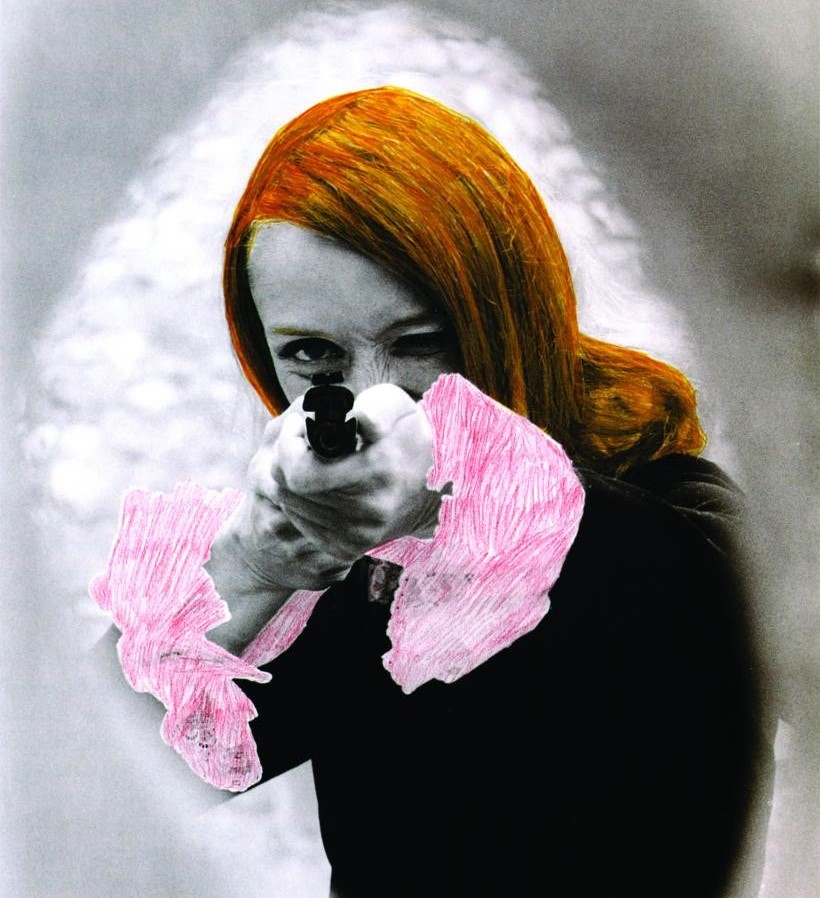
Fintan Magee
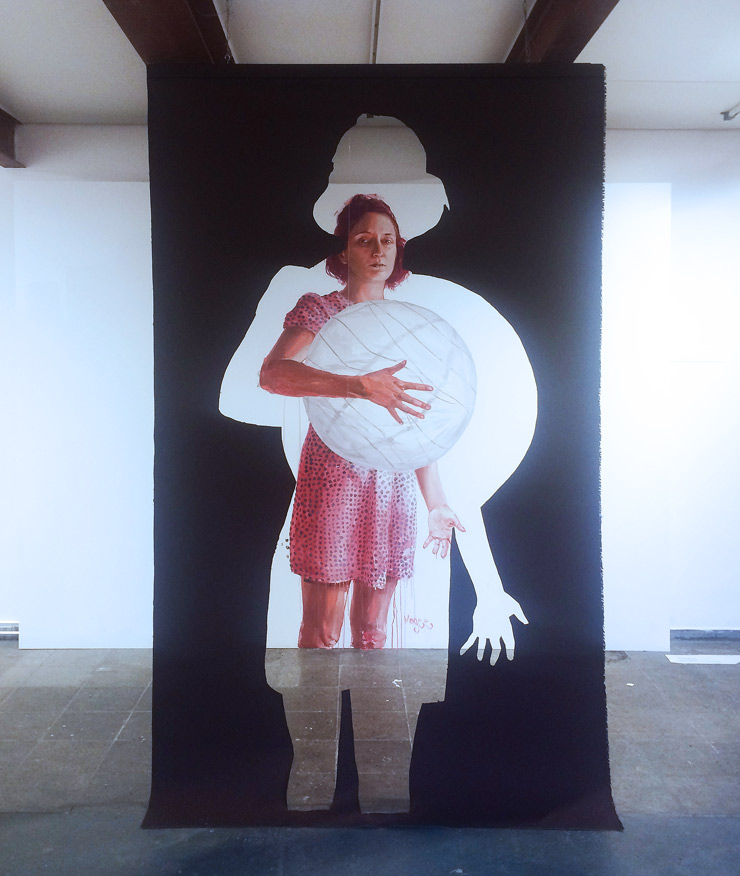
Fintan Magee The Removalist. IMAGO. MUCA Munich. (photo courtesy of the artist)
Media: Canvas and acrylic on wall installation
VHILS
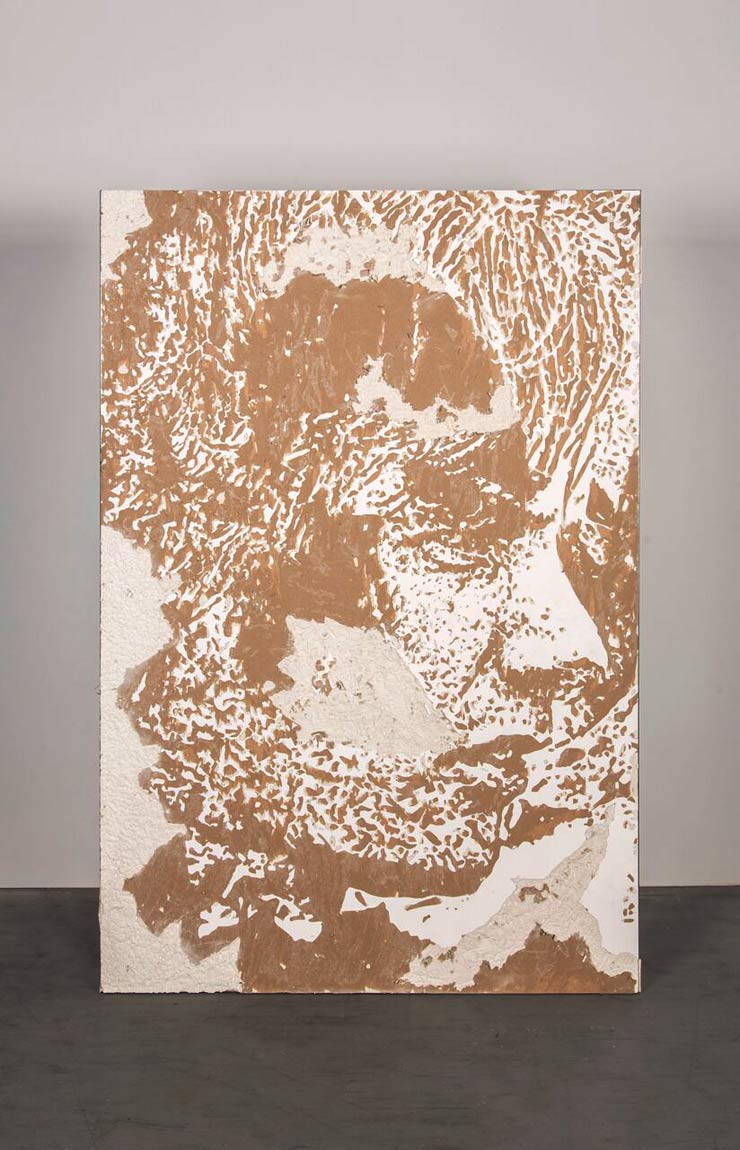
VHILS. Matta. IMAGO. MUCA Munich. (photo courtesy of the artist)
Media: Bas-relief carving on plasterboard mounted on metal structure
Size: 181 x 120,5 x 34 cm
“Resorting to a bas-relief carving technique, applied here to a free-standing structure of plasterboard, this piece is a homage to the work of Gordon Matta-Clark, which became a major influence on me after I first saw it at an exhibition in Portugal, in 2002. Matta-Clark was one of the first artists to look at the urban space as a space of creation and reflection on the human condition in the contemporary times we live in. Those are the considerations I try to translate in my own work too, reflecting about the human condition in the contemporary times we live in.”
Andrea Wan

Andrea Wan. Being Of Light. IMAGO. MUCA Munich. (photo courtesy of the artist)
Media: Ink on paper
Size: 50 x 70 cm
“Fascinated by the lively and dynamic landscape in the paintings of native Canadian Artist Emily Carr, I chose one of her most renown works, Indian Church (1929) as the subject of reinterpretation. Seemingly more accurate than a realistic approach, Carr’s abstraction of nature elements not only communicated to me that nature is vast and subliminal but also ever-changing in form and expression. The white church which stands calmly in the midst of the mystical environment inspired me to personify the subject as a being who is in tune with all that’s around her.”
DALeast
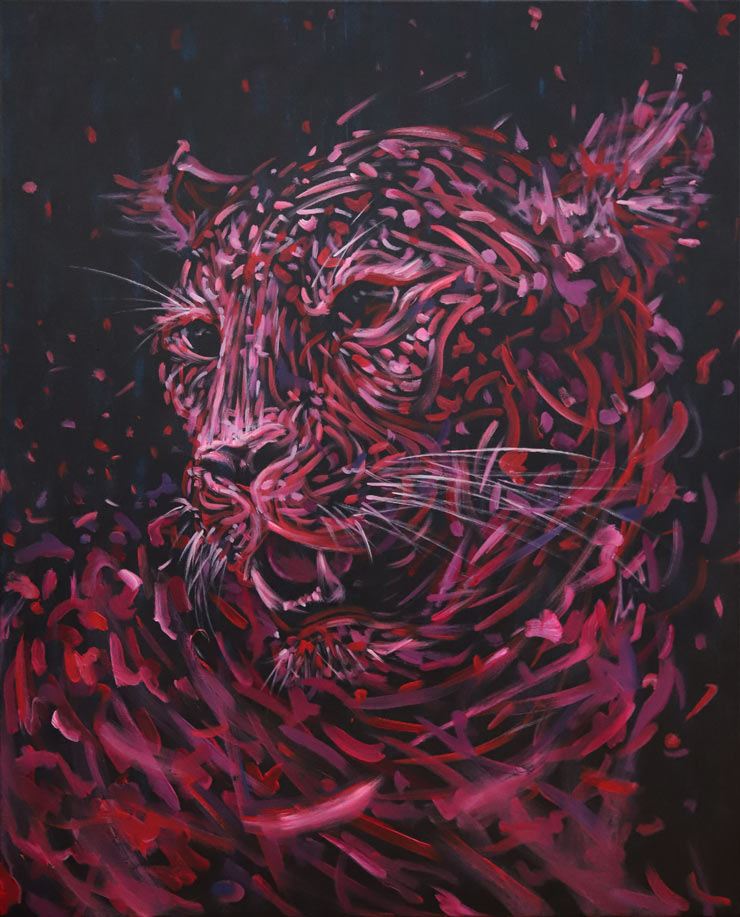
DALeast. FIII. IMAGO. MUCA Munich. (photo courtesy of the artist)
Media: Acrylic on canvas
Size: 100 x 80 cm
IMAGO: A History of Portraits opens today at MUCA Museum of Urban And Contemporary Art. Munich. Curated by Elisabetta Pajer the show runs until November 2018.
IMAGO is a show dedicated to the history of portrait: over 30 artists from five different continents are invited to pay homage and interpret a portrait in their medium of their choice. IMAGO aims to lead visitors through different artistic eras, helping discover the international history and evolution of the portrait.
Artists include:
Jef Aerosol
ASKEW ONE
Borondo
Vesod Brero
Martha Cooper
DALeast
Paola Delfin
Anna Piera Di Silvestre
Andreas Englund
Evoca 1
Ricky Lee Gordon
Hubertus Hamm
Handiedan
Icy&Sot
Addison Karl
Know Hope
Klone Yourself
Fintan Magee
Mario Mankey
Marco Mazzoni
Antony Micallef
Miss Van
Nychos
Sepe
David Shillinglaw
Søren Solkær
Sten Lex
SWOON
TelmoMiel
TWOONE
 BROOKLYN STREET ART LOVES YOU MORE EVERY DAY
BROOKLYN STREET ART LOVES YOU MORE EVERY DAY
